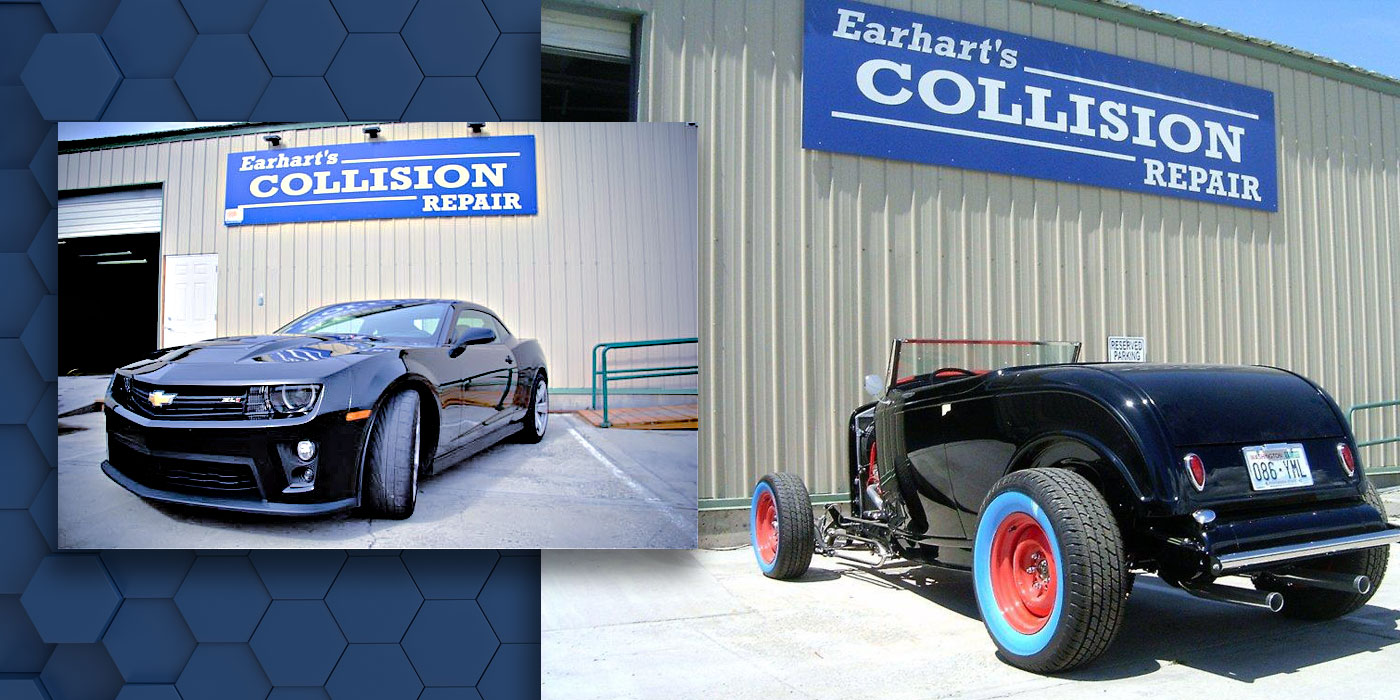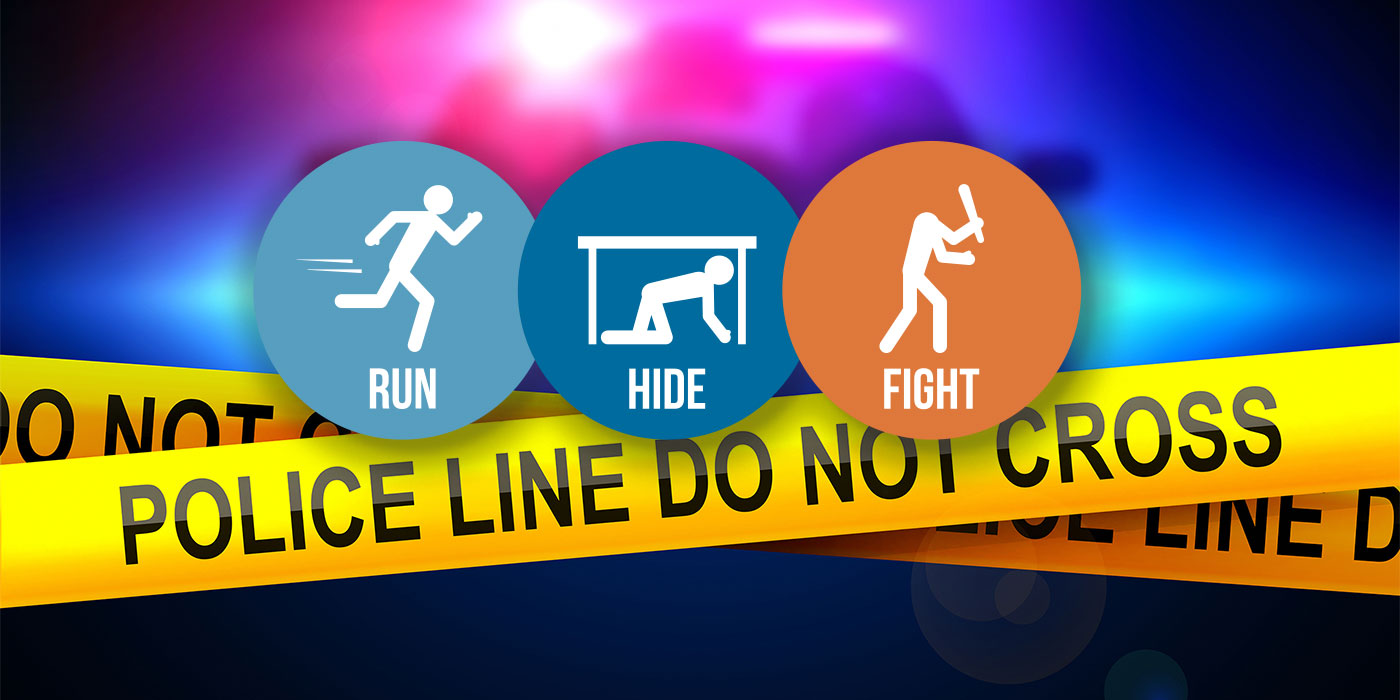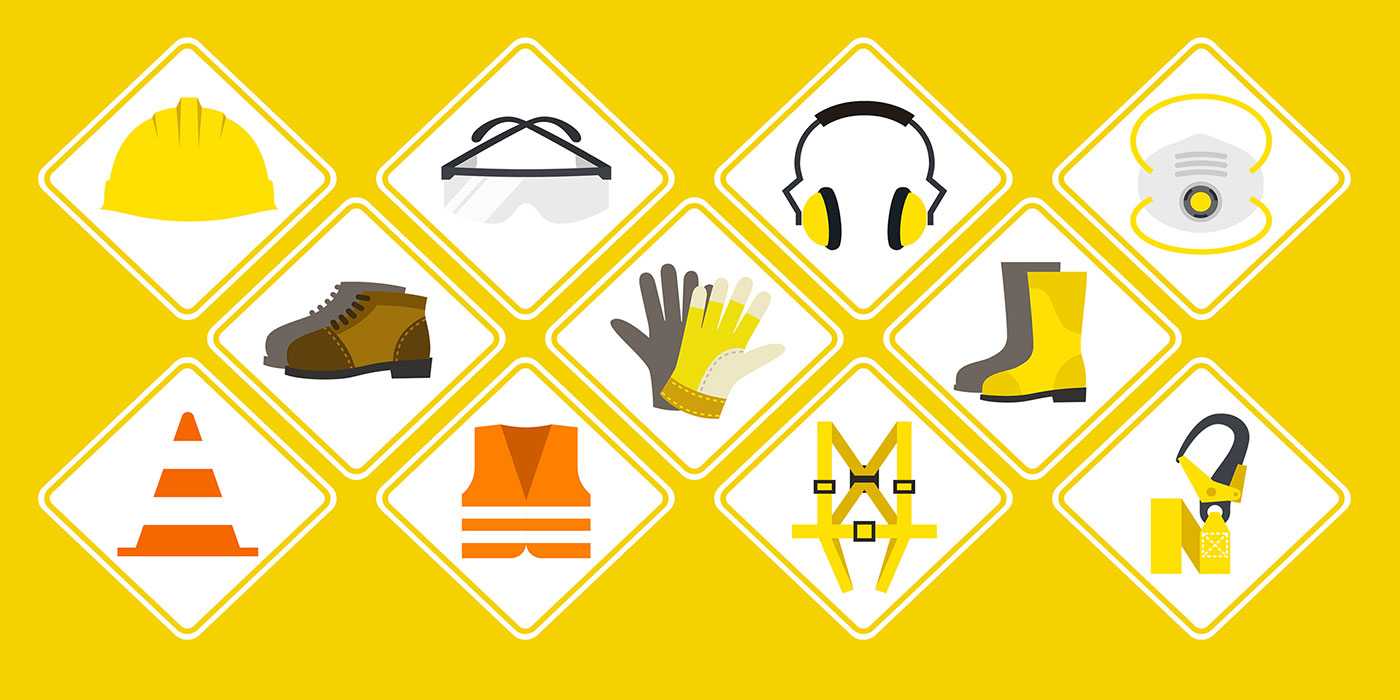When someone tells you to “chill,” they’re usually talking about reducing stress, not increasing it. But when it comes to extremely cold weather, chill can induce stress, because it will affect your body and can send you down a scary road.
Many people overlook the hazards of cold weather, especially those who work inside for most of the day. But in a shop, employees are going in and out all day and spending lots of time in cold environments, even if they don’t think much about it. As always, it’s important to be aware of the risks and know how much cold exposure is too much. Employers need to make sure that their employees are protected as much as possible.
Frostbite vs. Hypthermia
When it comes to cold, common injuries are hypothermia and frostbite. Both can produce mild to severe symptoms, but they must be taken seriously.
According to OSHA, hypothermia happens when body heat is lost faster than it can be replaced. The normal body temperature, 98.6 F, drops to less than 95 F. It is most likely to occur at very cold temperatures but can happen in cool temperatures if a person becomes chilled from rain or sweat.
Mild symptoms of hypothermia include the need to shiver and stomp the feet to generate heat. At this level, the worker is typically alert. As the symptoms become moderate to severe, though, other things often happen:
- As the body temperature continues to fall, symptoms will worsen and shivering will stop.
- The person may lose coordination and fumble with items in hand, such as tools or supplies, and could also become confused and disoriented.
- The worker may be unable to walk or stand. In addition, the pupils become dilated, and pulse and breathing slow.
- The person may then lose consciousness. If help is not received immediately, the worker could die.
It’s important to know what to do if a coworker is suffering from hypothermia. Call 911 immediately and move the person to a warm, dry area. Remove wet clothes and replace with dry clothes; then, cover the body (including the head and neck) with layers of blankets and with a vapor barrier. Use whatever you can find, such as a tarp or garbage bag. Do not cover the face.
If the person is conscious and medical help is more than 30 minutes away, give the person warm, sweetened drinks to help increase body temperature.
If the person is not breathing or doesn’t have a pulse after 60 seconds of checking, trained workers should start rescue breaths for three minutes. Then, recheck for breathing and a pulse for 60 seconds. If the person is still not breathing and has no pulse, continue rescue breathing. Only start chest compressions if you’re instructed to do so by the 911 operator or emergency medical services personnel. Generally, chest compressions are recommended only if the patient will not be able to receive medical care within three hours.
Frostbite, on the other hand, typically affects the feet and hands. It is an injury to the body that is caused by freezing of the skin and underlying tissues. Take frostbite seriously, because severe cases can require amputation.
Symptoms of frostbite include: reddened skin that develops gray/white patches; numbness in affected areas; a firm or hard feeling in the skin; and blisters, in severe cases.
To help someone with frostbite, call 911 in an emergency and then follow these OSHA recommendations:
- Do not rub the affected area to warm it. This can cause additional damage.
- Do not apply snow or water.
- Do not break blisters.
- Loosely cover and protect the area from contact.
- Do not try to rewarm the frostbitten area before getting medical help. For example, do not place the affected area, such as the hand, in warm water. If a frostbitten area is rewarmed and gets frozen again, more tissue damage will occur.
- If the worker is alert, give them warm, sweetened drinks. Do not give them alcohol.
Train Annually
It’s important that all of your employees know how to determine when they or their coworkers have been exposed to the cold for a dangerous amount of time. Training is key for all employees, no matter how long they’ve been in the industry. Weekly team meetings are a good time to give timely tips about the cold.














